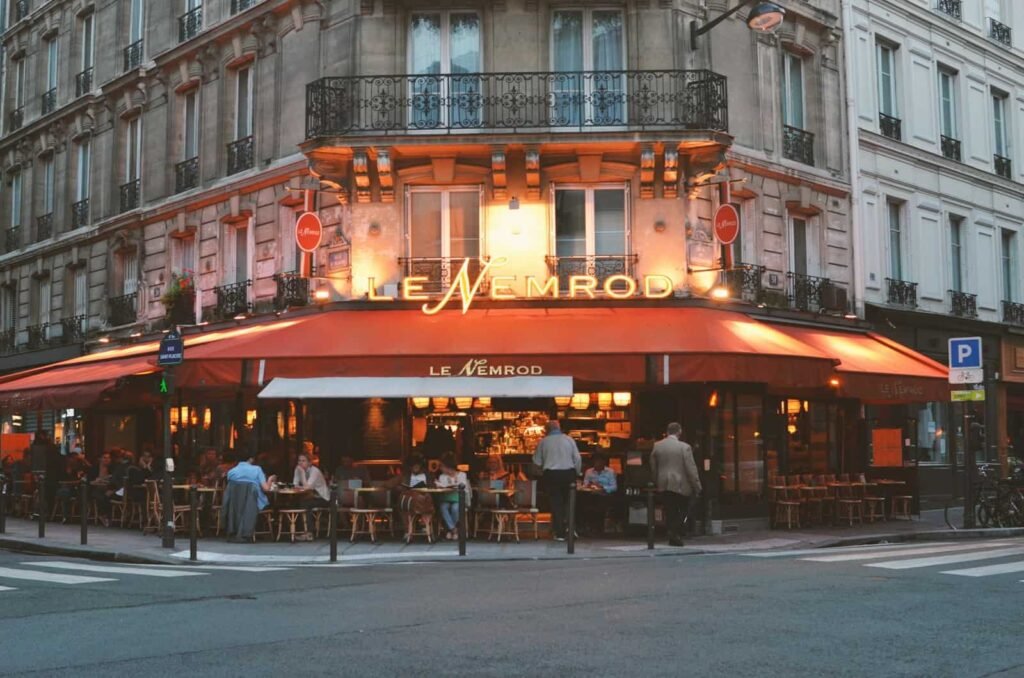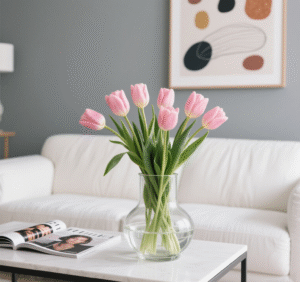Worried about making mistakes when eating out in Paris? You’re not alone. Many visitors have questions about French restaurant rules. This guide covers ten important etiquette tips so you can relax and enjoy your meal in Paris.
Sharing a Meal
Yes, you can share! It’s common to share appetizers and desserts. Sometimes, people even share the main course. Just ask your waiter.
However, think about when and where you are. If you want a prime table on the terrace during dinner hours (7:30 PM to 9:00 PM), sharing a plate might not be the best idea. Also, ordering only tap water when sharing might not be appreciated.
To ask to share, use the word “partager.” Some restaurants might require each person to order a main course, but it never hurts to ask.
Doggie Bags
Yes, you can ask for a doggie bag. A new law says restaurants serving over 150 meals a day must offer takeaway containers to reduce food waste.
While it’s not as common in France as in the U.S., it’s becoming more acceptable. Don’t be afraid to ask if you can’t finish your meal. It’s your right. Some restaurants may say no, but many will be happy to pack your leftovers.
Substitutions
Sometimes, substitutions are okay. French people usually don’t ask for many changes to their meals.
Simple swaps, like vegetables instead of fries or leaving off broccoli, are usually fine. Changes involving sauces might be harder. It doesn’t hurt to ask, but be ready for a “no.” The dish might be prepared a certain way, and they may not be able to change it.
Sending Food Back
You can send food back if it’s not made as you ordered. For example, if you order a steak well-done and it’s rare, send it back.
Sending something back just because you don’t like it is trickier. If you don’t like a dish, apologize to the waiter. Explain why and ask for something else. If they are nice enough to not charge you, tip well. Remember, throwing away food wastes money and resources.
Getting a Table
Always wait to be seated. Don’t just grab a table. It’s seen as rude. A simple wave to the manager or waiter is enough. If the restaurant isn’t busy, they will likely let you sit where you want. If it’s crowded, don’t risk it.
Smoking inside is not allowed in France. The terrace is the smoking section. If you sit outside, someone might smoke near you.
Also, tables with just an ashtray are for drinks only. Tables with napkins, a knife, and a fork are for people who want to eat. Restaurants usually set the tables for dinner around 6 PM.
Tipping
Service is included in the price. It’s the law in France. If a waiter says otherwise, they’re not being honest.
Tipping is up to you. Most French people leave 1 to 5 euros. As a visitor, tipping at least 10% of the bill is a nice gesture, especially if the waiter speaks English and explains the menu. If the service is great, give a little extra. If the waiter is not helpful, you don’t have to tip.
Cash is the only way to tip. You can’t add a tip to your credit card payment. The waiter will bring the credit card machine to your table to process the payment.
Communicating with Staff
Waiters in France are paid a fair wage. They often have many tables to handle. This means they are busy, and you might not see them often.
If you need something, wave or call them over. Be patient. Waiters may not have as much time to take your order as you’re used to. Be prepared with your questions when they come to your table. Also, waiters usually don’t try to upsell you. They won’t refill your glass unless you ask.
Signifying You’re Finished
Use your silverware to show you’re done eating. When you’re taking a break, place your fork and knife in a way that shows that you are not finished. When you’re finished, put your fork and knife together on one side of the plate. This tells the waiter they can take your plate.
Finger Foods
French people don’t eat with their fingers as much. They often use a fork and knife for pizza and fries. Eating with your fingers is not proper, unless it’s hard to avoid, like with some appetizers, charcuterie, or sandwiches. Look around and see what others are doing. If they’re using their fingers, you can too. Keep your hands on the table between courses, not under it.
Table Settings
Things are a little different in France. Keep your bread on the table, not on your plate. Don’t ask for butter with your bread. Butter is for breakfast, not lunch or dinner. You’ll only get butter if you order something that needs it, like radishes.
The waiter will often pour your first glass of wine from a bottle or pitcher. Then, you serve yourself. Fine dining restaurants might have different rules. In a casual bistro, they’ll pour your first glass, and you pour the rest.
Bonus: Drinks
Refills aren’t free. If you order a Coke, you get one Coke. If you want more, you have to pay for another. The same goes for coffee. They’ll give you a glass with your Coke. Don’t drink from the bottle. Also, they don’t fill your cup with ice. You’ll usually get just a few cubes.
French people don’t usually eat and drink while walking around. Ice cream or a crepe are exceptions. Walking with a croissant and coffee isn’t common. In France, they sit down, relax, and enjoy!
With these tips, you can confidently enjoy your next meal in Paris.


